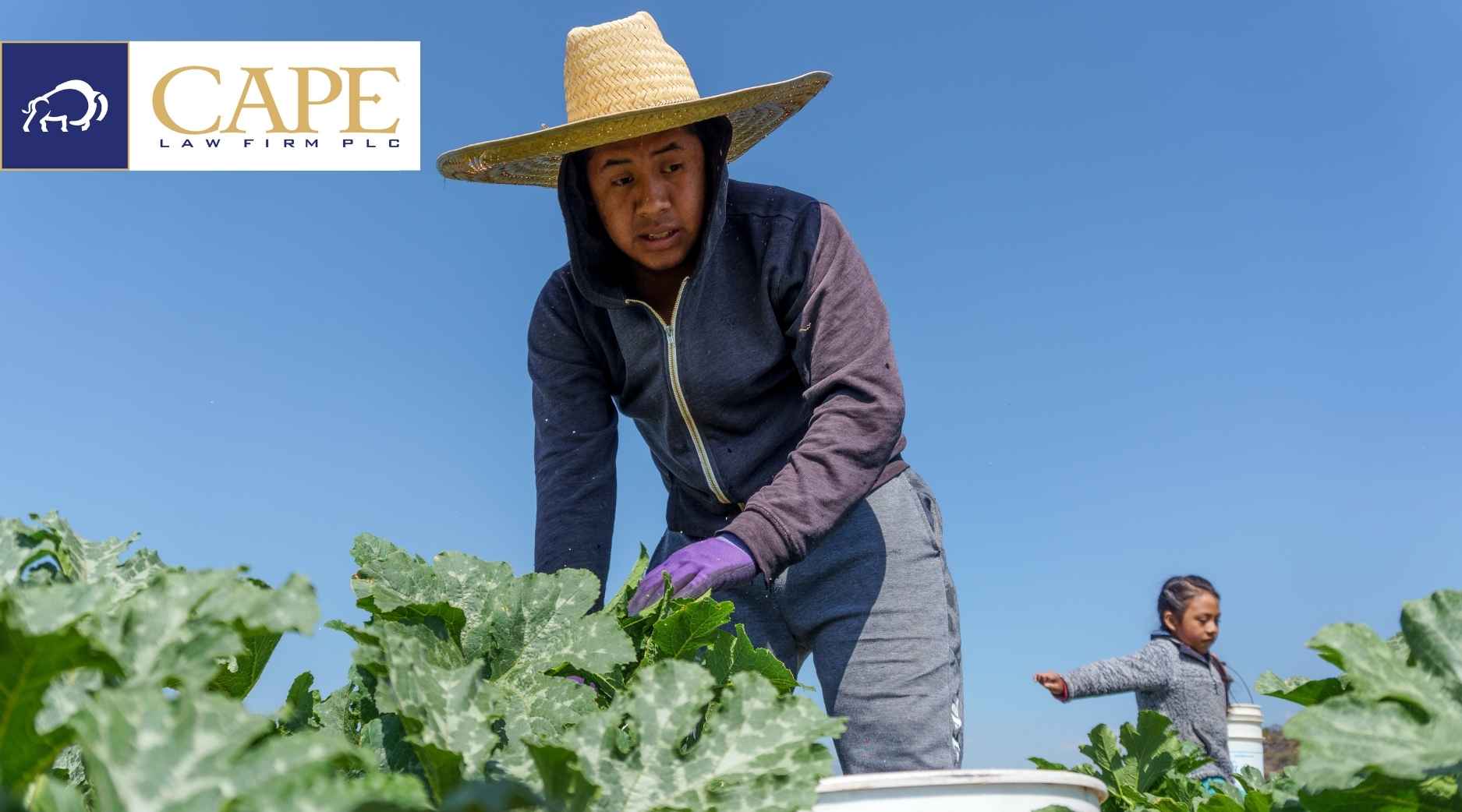Corteva Launches Next Round of Seed Wars
Corteva has sued crop technology start-up Inari, accusing Inari of illegally accessing Corteva’s public deposits of protected seed, gene-editing the seed in Belgium, and then seeking to commercialize the newly edited varieties so they can be used and sold to U.S. farmers. Corteva’s complaint, filed in Delaware federal court, asserts claims for Plant Variety Protection infringement, patent infringement, and state law claims for unfair trade practices.
The case raises a host of interesting and novel issues in the intellectual property realm for plants and crops, some of which are foundational I.P. principles.
- The Patent Bargain – in exchange for disclosing a new invention to the public, the inventor gets a 20-year monopoly (a patent) to commercially exploit the invention. To get this “bargain,” the inventor must describe their invention in the patent application with enough detail so that a person skilled in the art can make and use the invention. Since inventions in plant material may be difficult to describe in writing, the inventor may supplement its description by depositing seed (or biological material) with a public repository.
- According to Corteva’s Complaint, Inari “illegally” accessed Corteva’s seed in the public repository. Yet, the seed deposit is part of Corteva’s “public” disclosure of the invention. If the seed is inaccessible by the public (or interested plant breeders) has the patent bargain truly been met?
- Design Around/Improvement – Another consequence of patent law’s public disclosure and enablement requirements is that others can use the learnings in the patent to make new (or better) stuff. Once a patent is issued, assuming the invention has been adequately described, others can read how to make the invention and then “design around” it, or improve on the invention. In the context of plant materials, an improvement is most likely the development of a new variety. If the genetic material (seed) is not accessible to the public, how can plant breeders improve on the claimed invention? In fact, Corteva’s Complaint indicates that this is what Inari actually did with the seed it obtained, i.e., Inari conducted gene editing on Corteva’s protected varieties to develop new plant varieties. And Inari obtained its own U.S. patents on the new varieties.
- Territorial limitations – U.S. intellectual property laws generally only extend to the U.S. border, but also contain provisions that prohibit importation of infringing articles. Since Inari’s gene editing took place outside of the U.S., those activities may be beyond the territorial limits of I.P. laws.
- PVP’s Essentially Derived Variety protection – The Plant Variety Protection Act’s protection extends to “essentially derived varieties,” so that protected varieties could not be used to make a new variety that was essentially the same as the protected one. But there is precious little guidance on what constitutes an “essentially derived variety.” In other words, just how much do you need to change the protected variety to fall outside of its PVP protection?
The case will be one to watch as it takes on these and other interesting issues in IP protection for plant inventions.
Unpatentable Patents
While a U.S. patent can provide strong protection for innovations, sometimes a patent gets issued for things that aren’t new or innovative at all. In other words, the patent should not have been granted. This was the case for U.S. Pat No. 5,401,504, for the “Use of Turmeric in Wound Healing,” awarded to two researchers from the University of Mississippi Medical Center. The problem was that turmeric is an ancient Ayurvedic medicine. Besides being one of the key ingredients in curries, turmeric has been used for healing wounds and ailments for generations in India. When Dr. Raghunath Mashelkar, director of India’s Council of Scientific and Industrial Research (“CISR”) read an article about the patent, he decided it had to be challenged. Thus, he led CISR’s efforts to seek a re-examination of the ‘504 patent, which resulted in all of the patent’s claims being canceled (i.e., it was killed).
Following its successful challenge of the tumeric patent, the Indian government also successfully challenged RiceTec’s patent for “Basmati Rice Lines and Grains,” Patent No. 5,663,484, which claimed novel rice lines and methods for breeding the lines. Basmati refers to long-grain fragrant rice varieties that have been cultivated on the Indian continent for centuries. India’s challenge focused heavily on the use of the term “Basmati” which it claimed was an indicator of geographic origin (i.e., referred to rice grown in specific areas of India and Pakistan), and claims in the patent over the rice’s characteristics which were common to all Basmati varieties. After the USPTO allowed re-examination of the patent, RiceTec agreed to withdraw 15 out of 20 of the patent claims (leaving only three specific rice lines in the patent), and the use of the name “Basmati.”
The moral of the story is that patents are sometimes issued in error for “inventions” that aren’t actually novel (new), and may even be ancient cultural knowledge. But until such patents are challenged, they will survive and possibly re-write history.
Arkansas Kicks Syngenta to the Curb
Arkansas became one of the first States to kick a foreign-owned company out of its borders when it announced this week that Syngenta would have to sell its plant breeding facility in the Northeastern corner of Arkansas. The State’s move follows new legislation passed earlier this year prohibiting foreign ownership of agricultural land by certain countries, particularly China. Syngenta was purchased in 2017 by Chem-China, a Chinese company . You can read more by Chris Clayton in DTN Progressive Farmer here.





